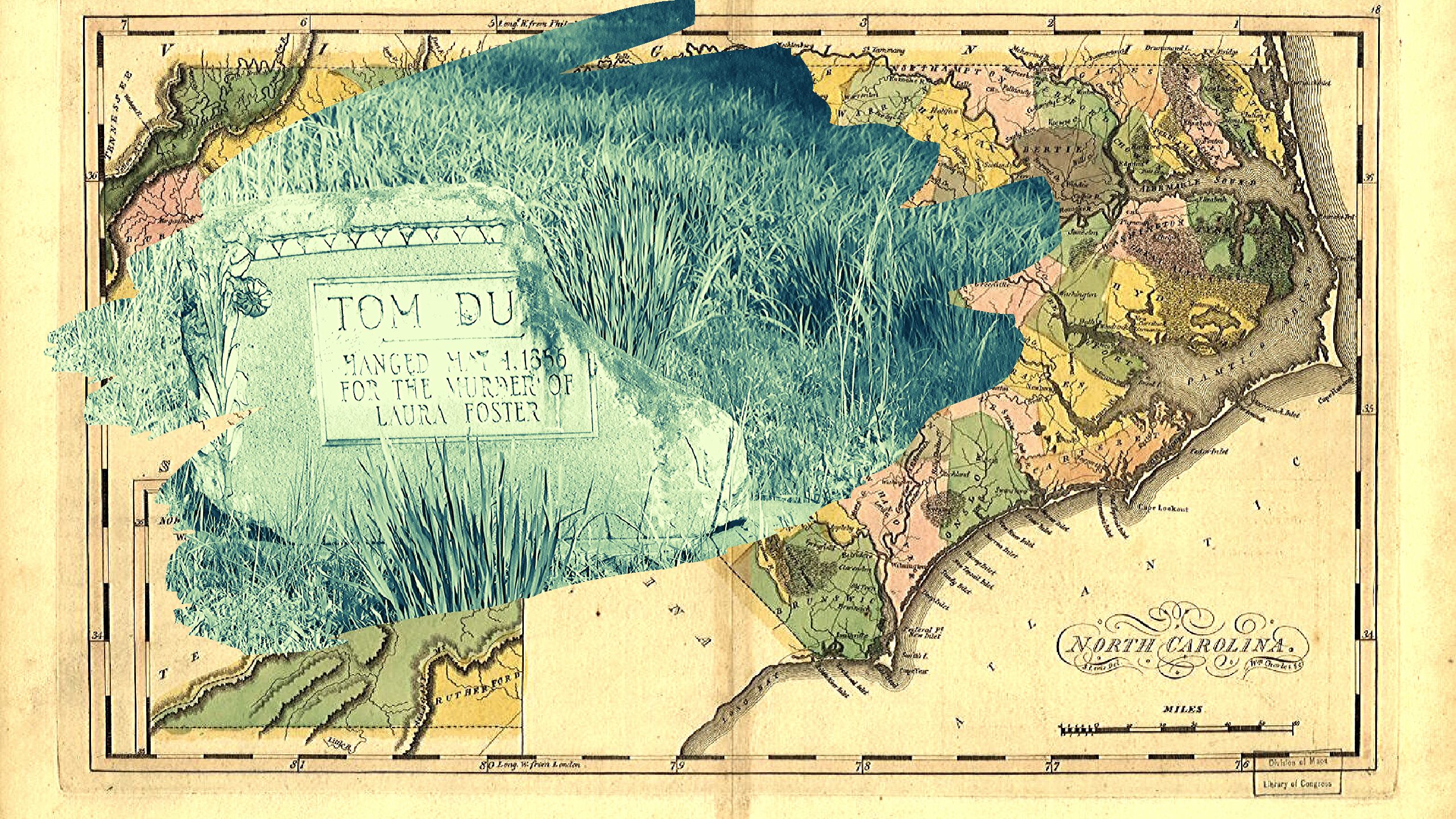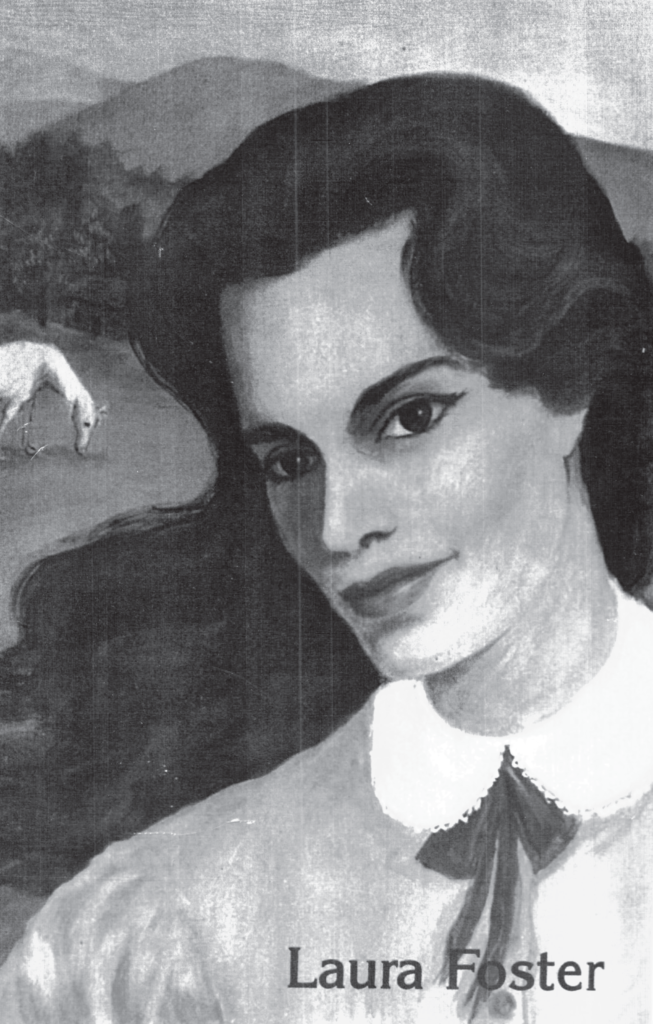
Perhaps the only thing Americans love more than the story of a murder is a song about one. Many of our readers know the beloved tune “Mack the Knife,” a tale of a murderous thief passed down in song for generations, and longtime favorite of Bobby Darin, Frank Sinatra, and Louis Armstrong. But what about another killer, old Tom Dooley, whose story begins promptly with his end, with Dooley swinging by the neck from an old oak tree?
Though modern ears might strain to recognize it now, a mere fifty years ago “Tom Dooley” was one of the most popular tunes on the airwaves, thanks to a rendition recorded in 1958 by folk ensemble The Kingston Trio. Every good legend has a seed of truth at its heart, and this one is no exception: who was Tom, who did he kill, and how did he end up dead?

In his book The True Story of Tom Dooley: From Western North Carolina Mystery to Folk Legend, author and scientist John Edward Fletcher explores the origins of the Dooley saga, set in the shadow of the Blue Ridge Mountains in Wilkes County, North Carolina. A tale of Civil War-era love, lust, deceit, and murder, Dooley’s story has captivated storytellers and songwriters for over 150 years—in more modern times, even the Carolina Chocolate Drops have paid tribute in song (their version called “Tom Dula” uses the birth spelling of his name).

The nutshell version of the story is this: Dooley, a young Confederate veteran from Wilkes County was engaged in an illicit love triangle first with his teenage paramour Ann Foster Melton, then later with Melton’s cousin Laura Foster. Foster had recently moved to the area, but had brought with her more than just petticoats in her valise: unbeknownst to her new lover, she also carried the disease of syphilis, for which she was seeking treatment in town.
When Dooley became the recipient of ‘the gift that keeps on giving,’ he became enraged and, allegedly with Melton’s urging, sought to dispatch the woman who had become the source of his plight. One day in May 1866, Foster had arranged to meet Dooley at an abandoned blacksmith shop on the side of the mountain—potentially to elope—but once she left home, she never returned. Small world as Wilkes County was, it was not long before her absence was discovered, and with his liaisons an open secret, and lacking any reasonable alibi for his movements, Dooley was caught, tried, convicted, and in short order, hung. (Melton was charged as a conspirator, but acquitted.)
Did syphilis convict a killer? Find out.
Dooley’s exit from this world only hastened his entrance into local folklore, however, and even while descendants of the family were still alive, poems, songs and ballads began to form recounting the torrid affair. Fascinating to observe, however, is how much the songs got wrong: not only did some of them claim Foster was pregnant (no evidence exists that she was), but in some cases, they even invented characters that had no basis in fact, such as an alleged sheriff named Bob Greyson who (depending on the account) either caught Dooley as a fugitive or instigated the whole thing altogether.
We’ve looked before at how crime legend can congeal into crime fact, both with Mad Madame LaLaurie in New Orleans and Maria Hallett in Cape Cod. Until Fletcher’s account, much of the Dooley story was consigned to rumor, hearsay, recollection, and gossip. Yet his careful examination of the sources—including direct transcripts from the trial and one of the most compelling narrative accounts of the symptoms of syphilis in print—lifts the facts straight into the light.
But don’t let that stop you from enjoying the songs—there’s a reason they’re as catchy as can be. Take a listen to the Kingston Trio here, and for the full story of Dooley’s crime, told for the first time in print, pick up Fletcher’s book as well. Happy reading—and watch out for those love triangles!

You might also like: The Magnificent Moonshine Stills of North Carolina




